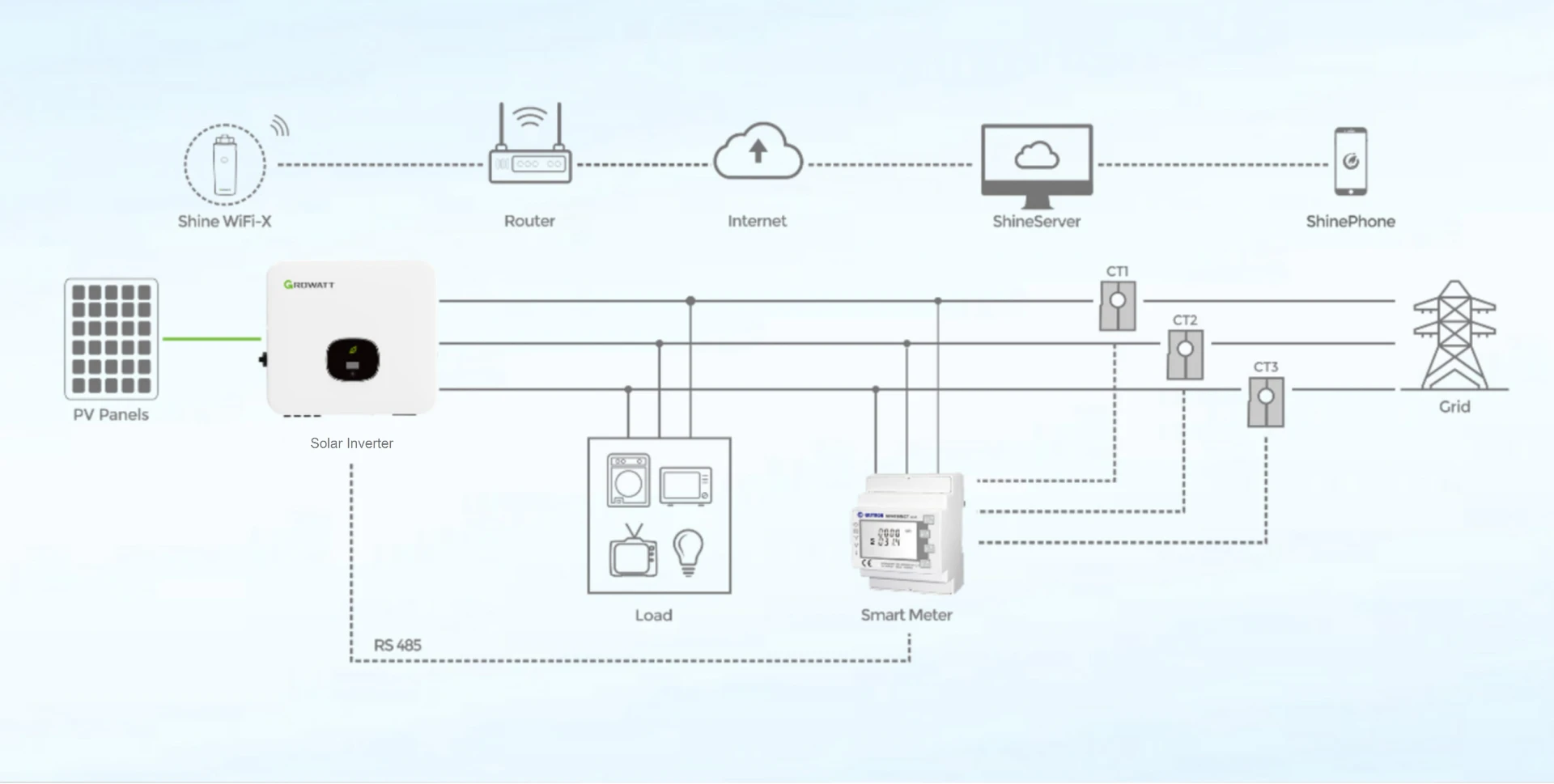Common Sizes and Specifications of Solar Panels for Efficient Energy Use
Understanding Standard Dimensions of Solar Panels
In recent years, solar energy has emerged as a sustainable and efficient alternative to traditional fossil fuels. As the world shifts towards renewable energy sources, solar panels are becoming an increasingly common sight on rooftops and in solar farms. However, one critical aspect that many consumers and businesses must consider when adopting solar technology is the standard dimensions of solar panels. Understanding these dimensions can significantly impact installation decisions, pricing, and overall energy efficiency.
Common Dimensions of Solar Panels
While there are various types and manufacturers of solar panels, most fall within a standard size range. The typical dimensions for residential solar panels are approximately 65 inches by 39 inches (about 1.65 meters by 1 meter) and 1.6 inches thick. Commercial solar panels tend to be larger, often measuring around 77 inches by 39 inches (approximately 1.96 meters by 1 meter). There are also variations in thickness depending on the technology used, such as monocrystalline, polycrystalline, or thin-film panels.
The standard dimensions have evolved from industry practices aimed at maximizing energy production while allowing for easier installation. Most manufacturers aim for panels that can generate between 250 to 400 watts of power, making them efficient for residential and commercial applications. The power output is often correlated with the size of the panels, with larger panels generally capable of producing more electricity.
Factors Influencing Panel Size
1. Efficiency Solar panel efficiency plays a critical role in determining the required surface area. Higher efficiency panels convert more sunlight into electricity, allowing for smaller dimensions while maintaining high power output. Monocrystalline panels are known for their superior efficiency, often reaching upwards of 22%, while polycrystalline panels typically have efficiencies between 15% to 18%.
2. Application The intended use of solar panels can influence dimensions as well. Residential systems often utilize standard-sized panels for ease of installation on rooftops. In contrast, utility-scale installations may employ larger panels to reduce the number of units required, thus lowering labor and installation costs.
3. Space Availability The physical space available for installation also dictates the size of the solar panels that can be used. Homeowners with limited roof space may opt for higher-efficiency panels, allowing for sufficient energy generation without taking up too much area.
standard dimensions solar panels

4. Technological Advances As technology advances, the dimensions of solar panels may evolve as well. Innovations in materials and designs can lead to slimmer, lighter, and more efficient panels. For instance, emerging solar technologies like bifacial panels can capture sunlight from both sides and often come in unique sizes and shapes.
Installation Considerations
When planning the installation of solar panels, understanding standard dimensions is vital for several reasons
- Roof Structure and Design The dimensions of solar panels must align with the structural design of the roof. Knowing the size of panels will help homeowners and installers determine how many panels can fit on a given surface area and ensure compliance with local building codes.
- Mounting Systems Mounting systems must be compatible with the dimensions of the solar panels. Standard sizes allow manufacturers to create universal mounting solutions that facilitate easy installation.
- Aesthetic Factors Consumers may want their solar installation to complement the architecture of their home or building. Standard dimensions help in planning aesthetically pleasing solar array layouts.
Conclusion
Solar panels are an essential component of the transition toward renewable energy. Understanding their standard dimensions is crucial for optimizing energy generation and ensuring efficient installation. As consumers become more environmentally conscious and governments push for cleaner energy solutions, the adoption of solar technology will only increase. By familiarizing oneself with the dimensions, efficiency ratings, and installation considerations of solar panels, potential buyers can make informed decisions that align with their energy needs and sustainability goals. As the solar industry continues to evolve, keeping abreast of these developments will be key to harnessing the full potential of solar energy.
-
String Solar Inverter: The High-Efficiency Solution for Smart Solar EnergyNewsJul.14,2025
-
Revolutionizing Rooftop Energy with the Power of the Micro Solar InverterNewsJul.14,2025
-
Power Independence with Smart Off Grid Solar Inverter SolutionsNewsJul.14,2025
-
On Grid Solar Inverter: Powering the Future with Smart Grid IntegrationNewsJul.14,2025
-
Monocrystalline Solar Panels: High-Efficiency Power for the Future of Clean EnergyNewsJul.14,2025
-
Bifacial Solar Panel: A Smarter Investment for Next-Generation Energy SystemsNewsJul.14,2025







